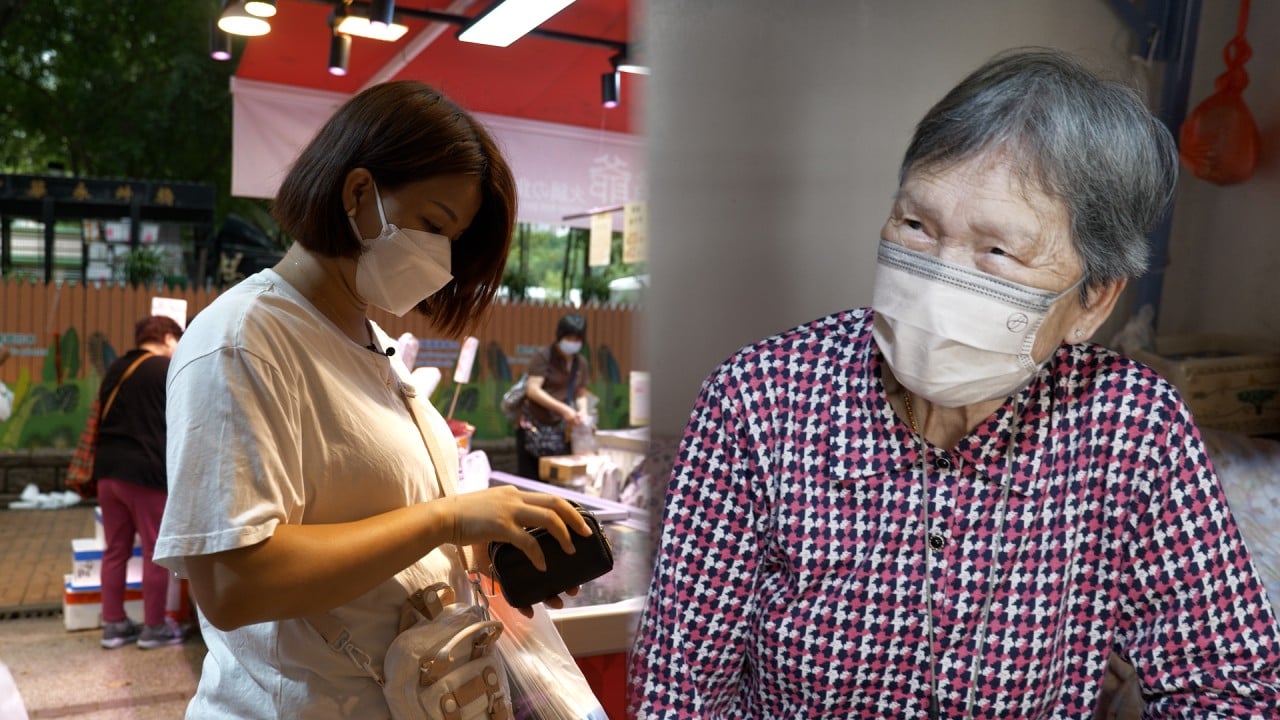
Focus on Hong Kong’s working conditions, not number of workers, to fix labour shortage
- The government is going all out to deal with the shortage of workers in various sectors, but opposition from unions suggests the need for caution
- Rather that focusing on the number of available workers, it would be more effective to improve working conditions to make people more eager to come to the city for work
In May, Secretary for Labour and Welfare Chris Sun Yuk-han said that when he met Xia Baolong, the head of the Hong Kong and Macau Affairs Office, Xia said Hong Kong should do more to attract talent.
The Hong Kong government’s latest plan involves importing 20,000 workers in the construction, transport and aviation sectors as well as lifting an import ban on 26 low-skilled job types for two years.
While the business community has generally reacted favourably to the plan, concerns have been raised about the scheme bypassing the Labour Advisory Board, which was designed to be a platform for negotiation between employees and employers on critical issues.
Record drop in Hong Kong labour force as 94,000 workers call it quits in 2022
However, the government doesn’t appear to be aware that there is more at stake when it comes to labour issues than the economics involved in filling out rosters. Labour issues can be politically sensitive and workers need to be convinced to accept more competition without feeling threatened.
Lower-income workers whose livelihood depends on there being stability in society have long been an important source of support for the Hong Kong government. Social movements that are driven by politics can disrupt the daily lives of these workers, many of whom cannot afford to lose a single day’s work as they support their families.
Another issue is whether imported workers can blend into the local community beyond work. There are unspoken rules associated with the local culture which can be hard for those not from the city to understand. How to ensure that imported workers get along well with local workers and integrate into the community is a challenge that needs to be thoroughly discussed.

What will really help alleviate the labour shortage is not boosting the total number of workers but improving working conditions so that more people are eager to come to work here. In a city with almost 90 per cent of its workforce in the service industry, maintaining a good working environment is important to ensure quality of service and attract talent.
Importing workers will not solve the problem. Instead, the government should pay attention to workers’ needs and help them negotiate with the business sector. The only long-term solution to fixing the labour shortage is creating an attractive working environment.
John Hanzhang Ye is a PhD student in science and technology history at the University of Minnesota, Twin Cities and also holds an MPhil degree in sociology from the Chinese University of Hong Kong


